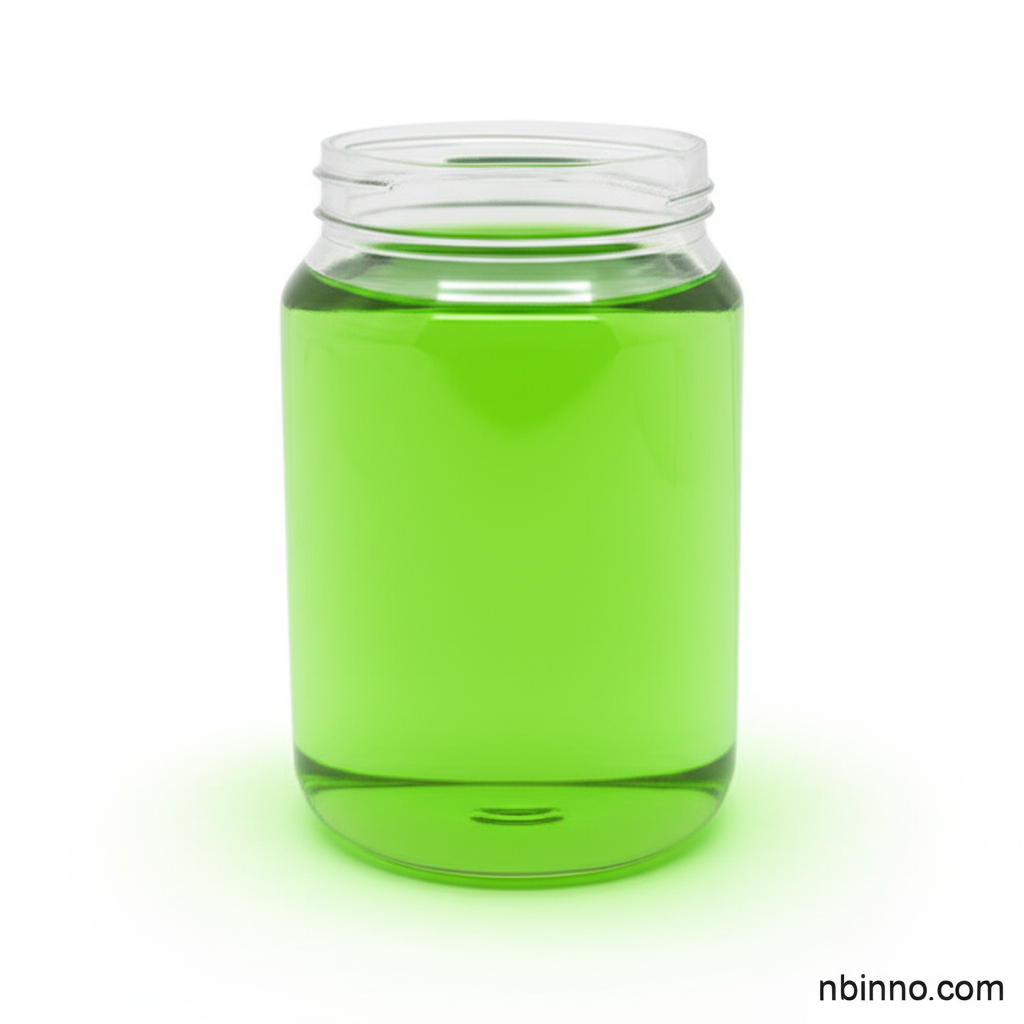Hydrogen Hexafluorozirconate(IV) Acid: Properties, Applications, and Safety
Discover the essential details of H2ZrF6, a key fine chemical for industrial applications.
Get a Quote & SampleProduct Core Value

Hydrogen Hexafluorozirconate(IV) Acid
Hydrogen Hexafluorozirconate(IV) acid, also known as fluozirconic acid, is a significant inorganic compound with the chemical formula H2ZrF6 and CAS number 12021-95-3. This fine chemical plays a crucial role in various industrial sectors due to its unique properties.
- Explore the hydrogen hexafluorozirconate chemical properties that make it invaluable in industrial processes. Its acidic nature and zirconium content lend themselves to specific chemical reactions and treatments.
- Understand fluozirconic acid applications in the electroplating industry. It is vital for creating durable and aesthetically pleasing metal finishes.
- Learn about H2ZrF6 industrial uses as a non-chromium surface passivation agent. This offers an environmentally friendlier alternative to traditional passivation methods, contributing to sustainable manufacturing.
- Discover the role of zirconium fluoride dihydrofluoride uses in metal treatment. It enhances the corrosion resistance and surface integrity of various metals.
Key Advantages
Enhanced Surface Treatment
As a non-chromium surface passivation agent, it significantly improves metal surfaces, offering superior protection against corrosion. This aligns with current trends in environmentally conscious industrial chemical applications.
Versatile Industrial Use
The utility of H2ZrF6 spans across multiple industries, from electroplating to general metal treatment, making it a versatile fine chemical intermediate for diverse manufacturing needs.
Corrosion Resistance Improvement
Its application contributes to robust corrosion resistance in treated metals, extending product lifespan and reducing maintenance requirements, crucial for achieving optimal acid treatment for metals.
Key Applications
Electroplating Industry
Essential for achieving high-quality metal coatings, playing a role in the electroplating industry where precise chemical formulations are paramount for desired outcomes.
Surface Passivation
Serves as a critical non-chromium surface passivation agent, enhancing the durability and appearance of metal components by providing a protective layer.
Metal Treatment
Its acidic properties are leveraged in various metal treatment processes, contributing to the overall quality and performance of metallic materials.
Fine Chemical Intermediate
Functions as a vital fine chemical intermediate, enabling the synthesis of more complex compounds and materials for specialized industrial applications.
